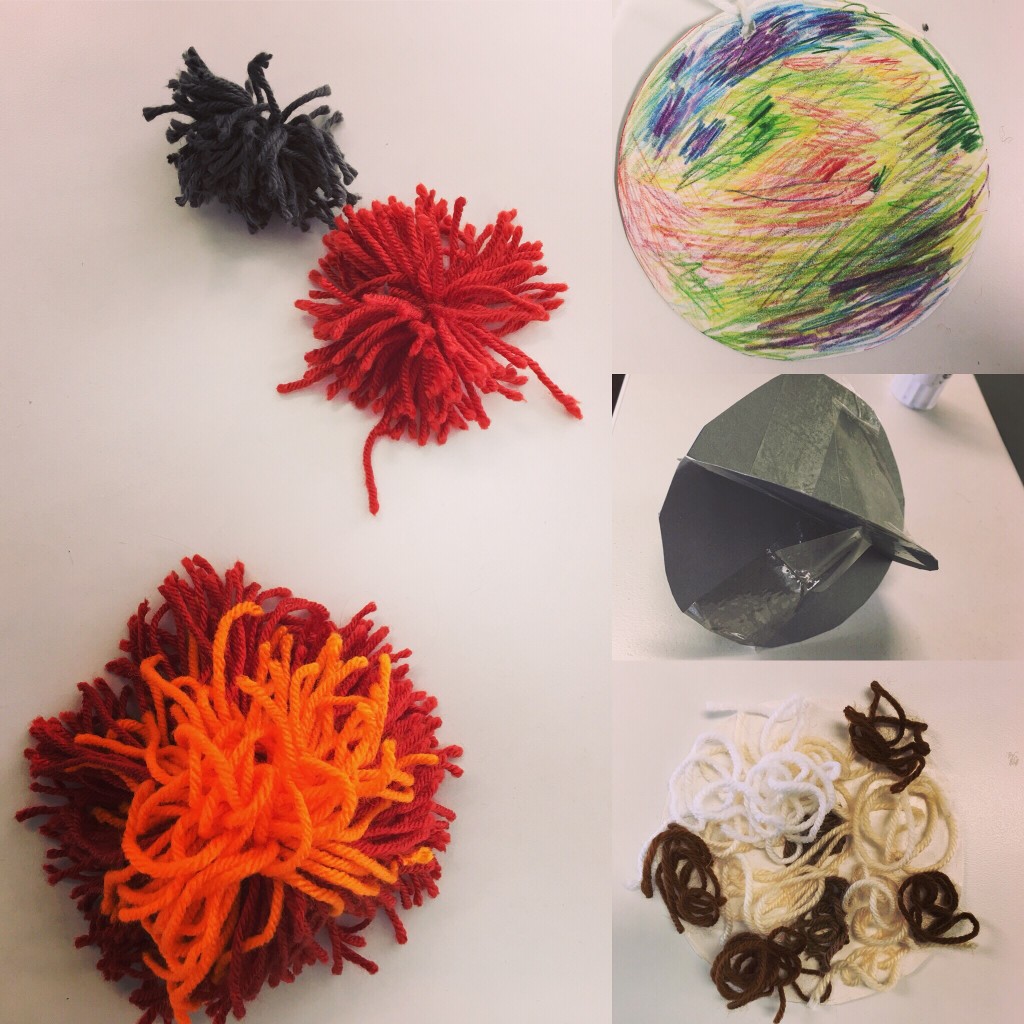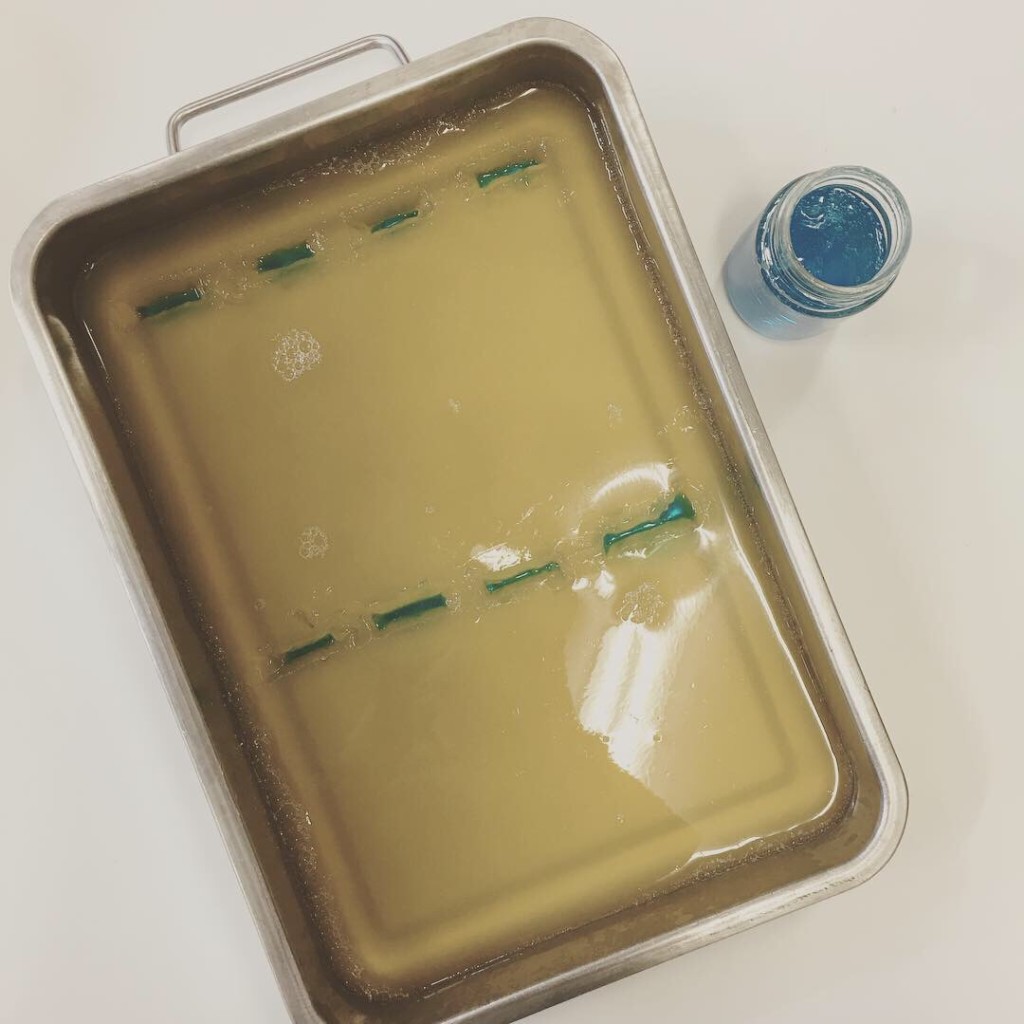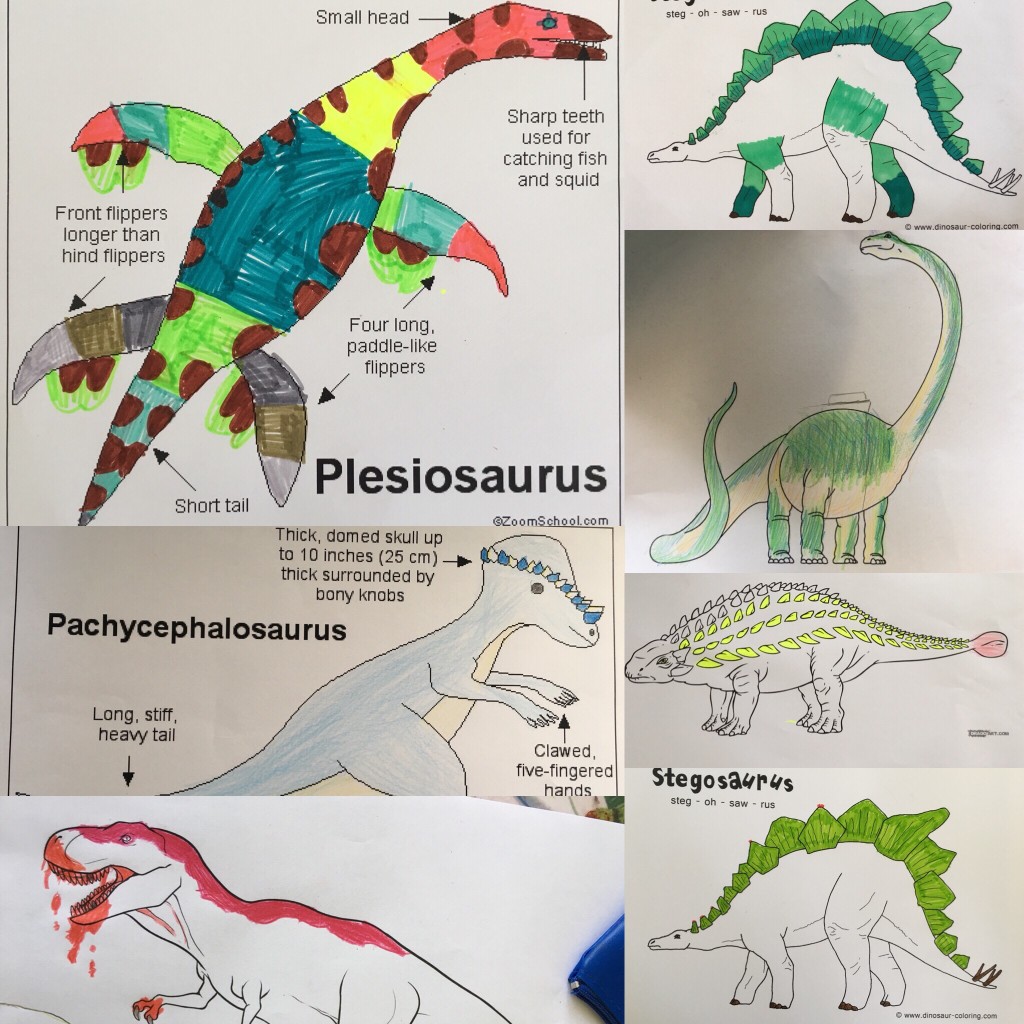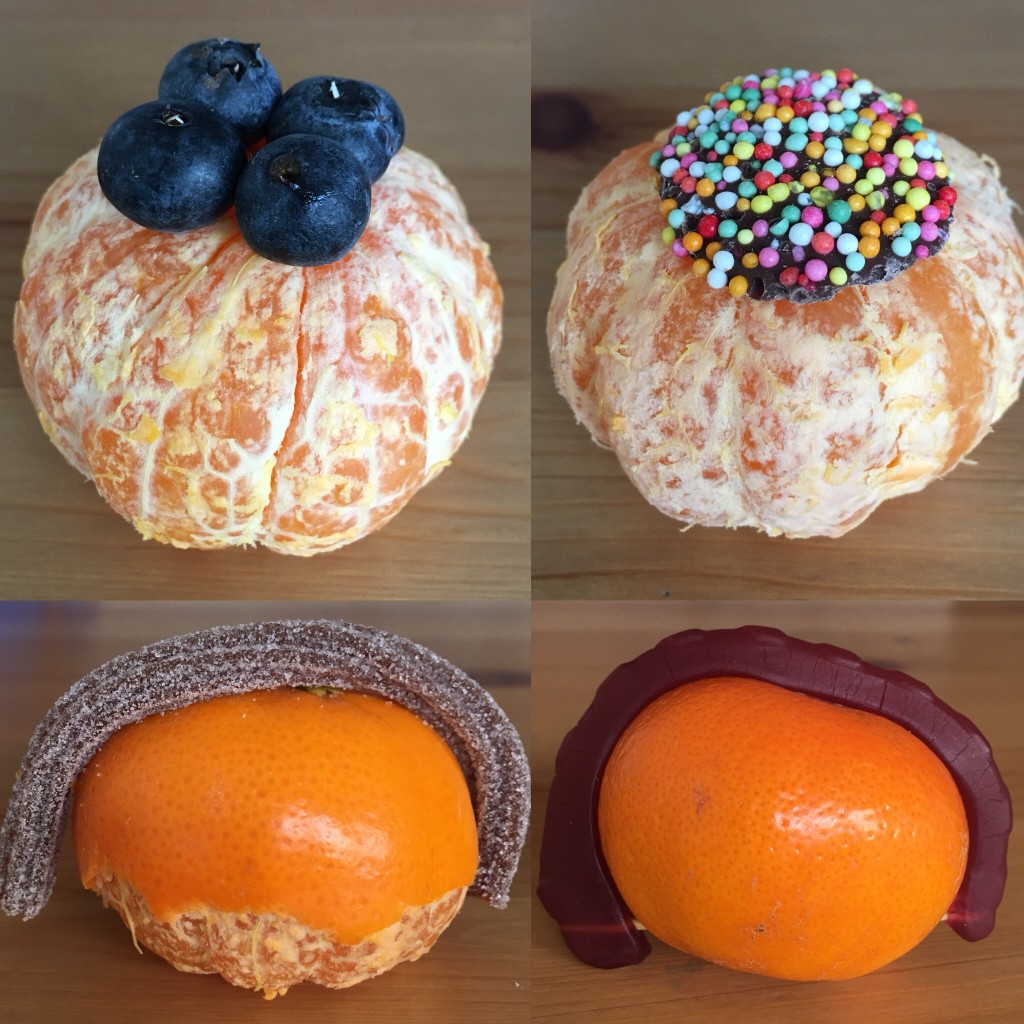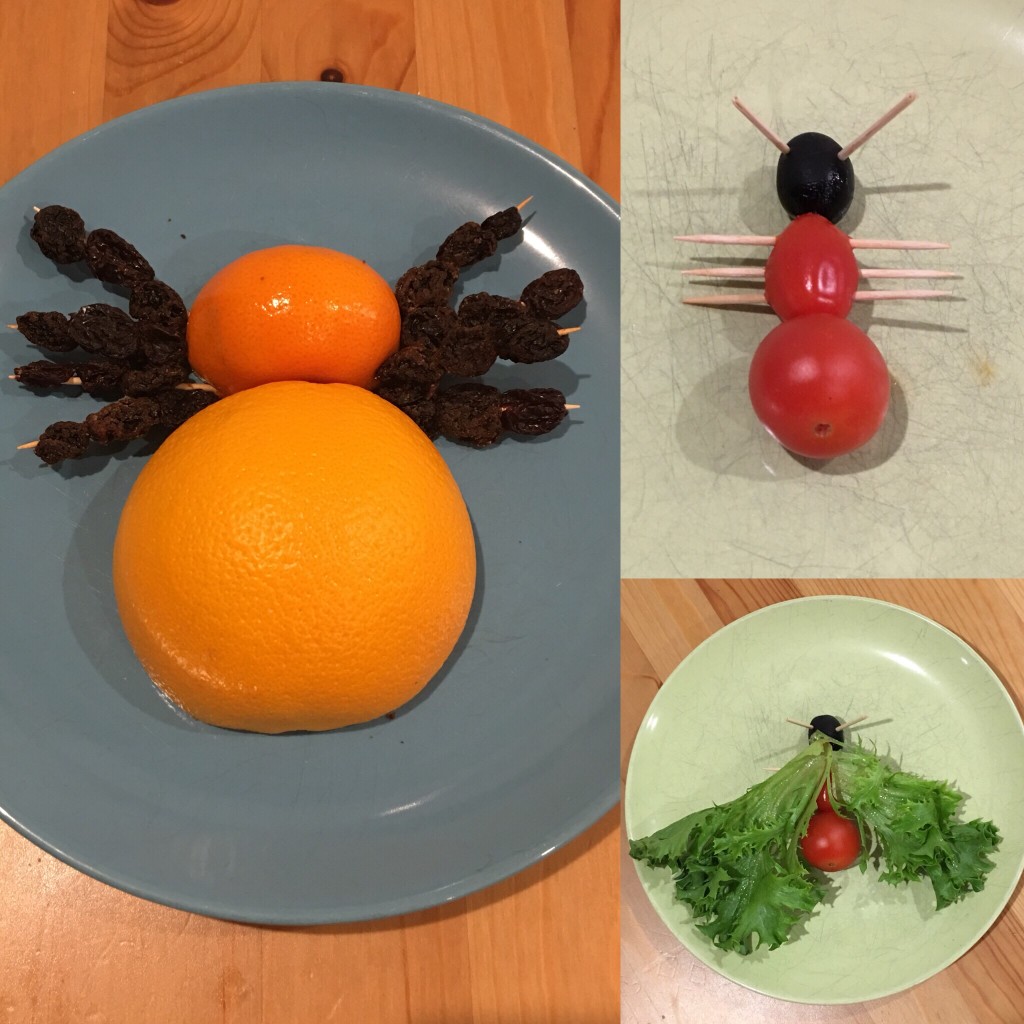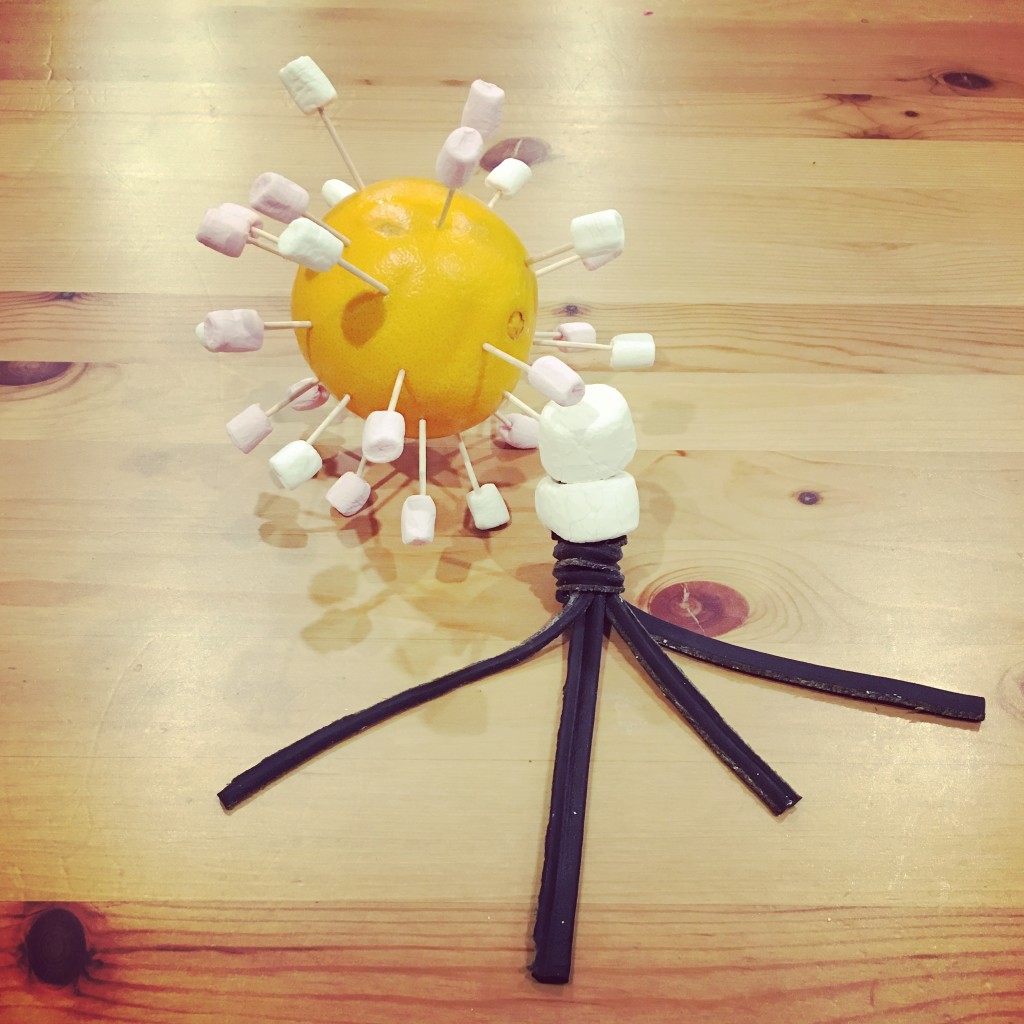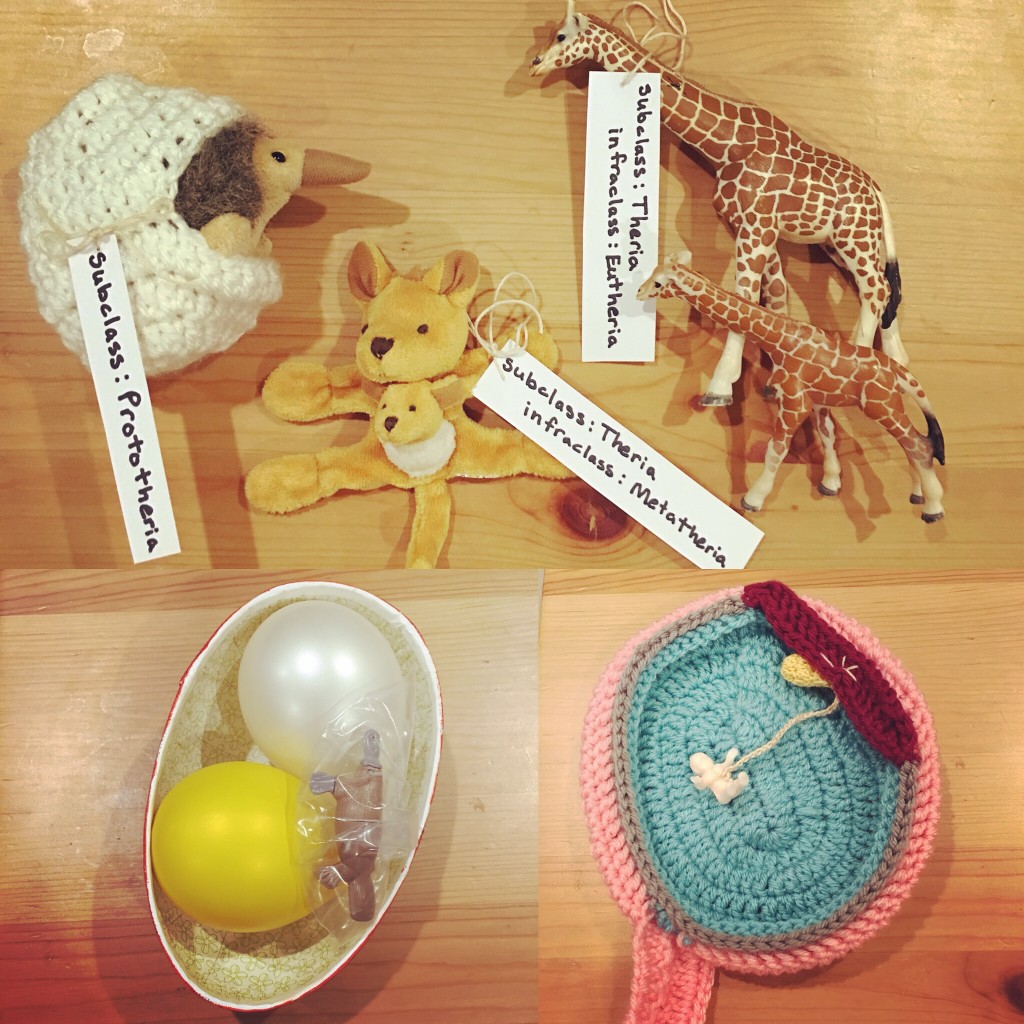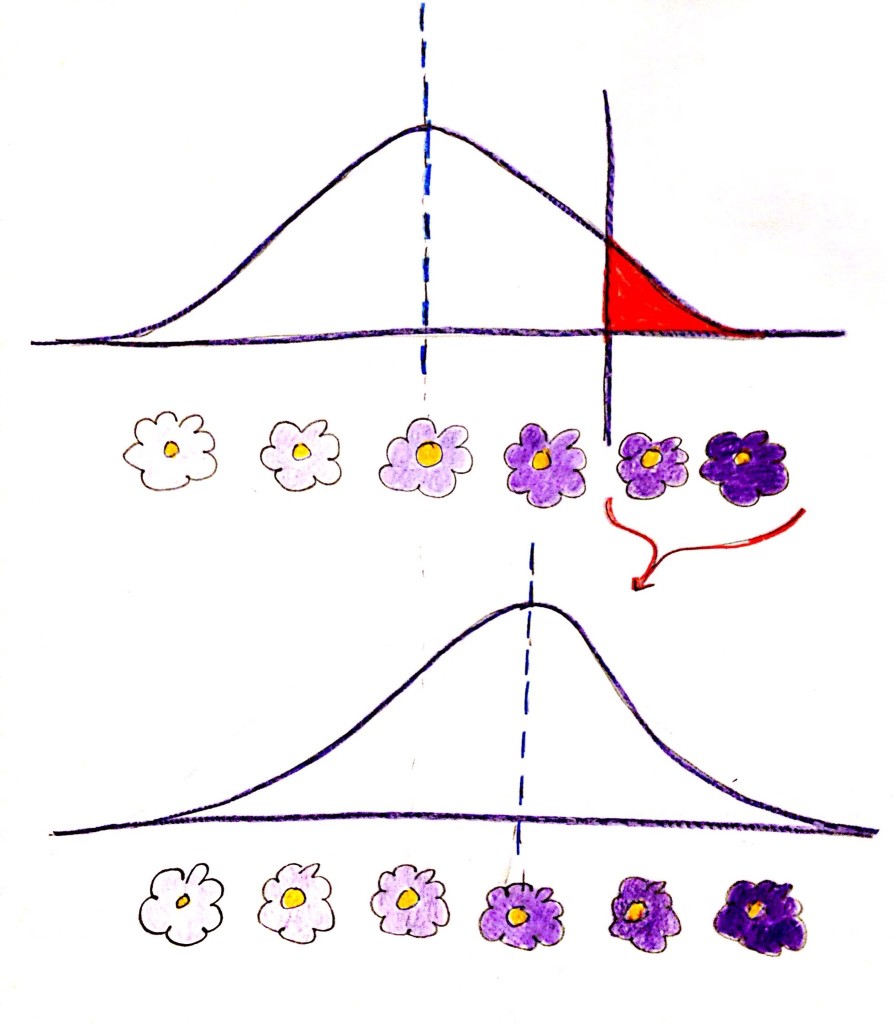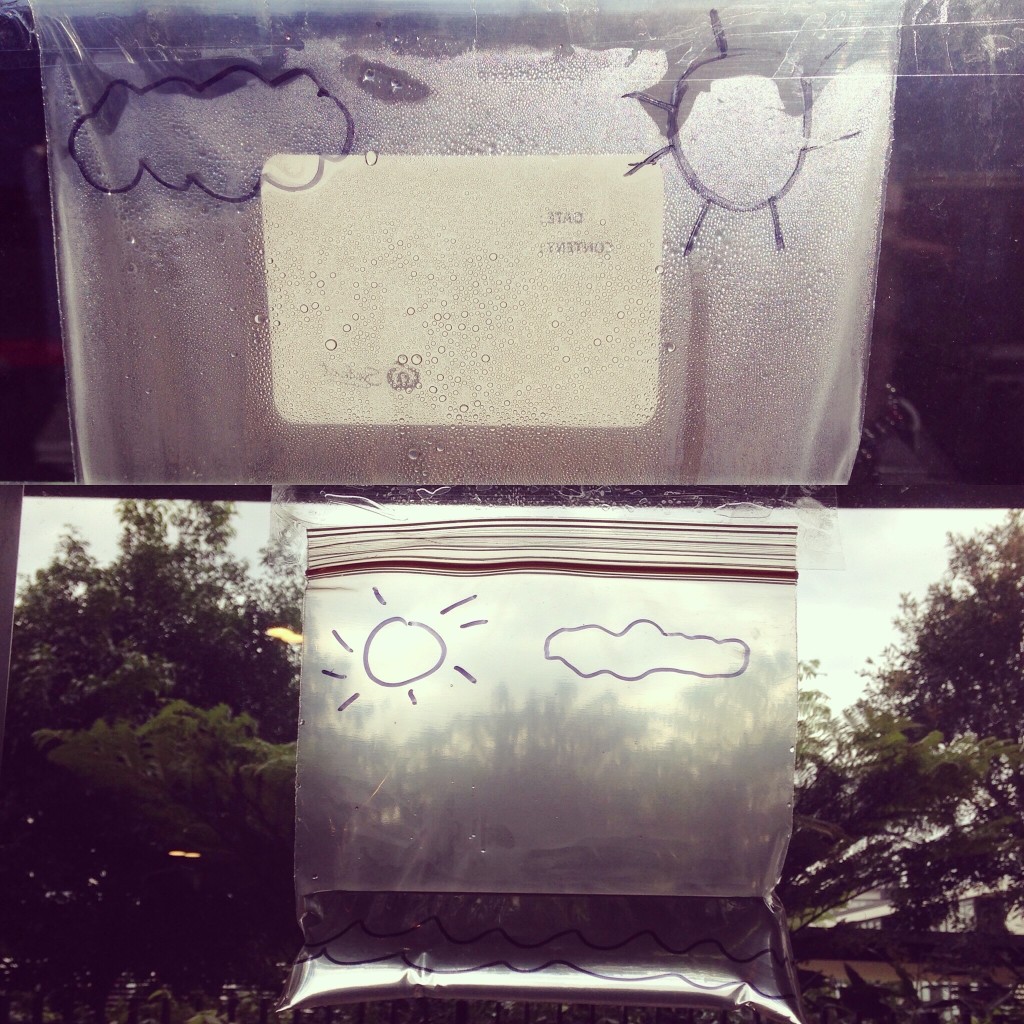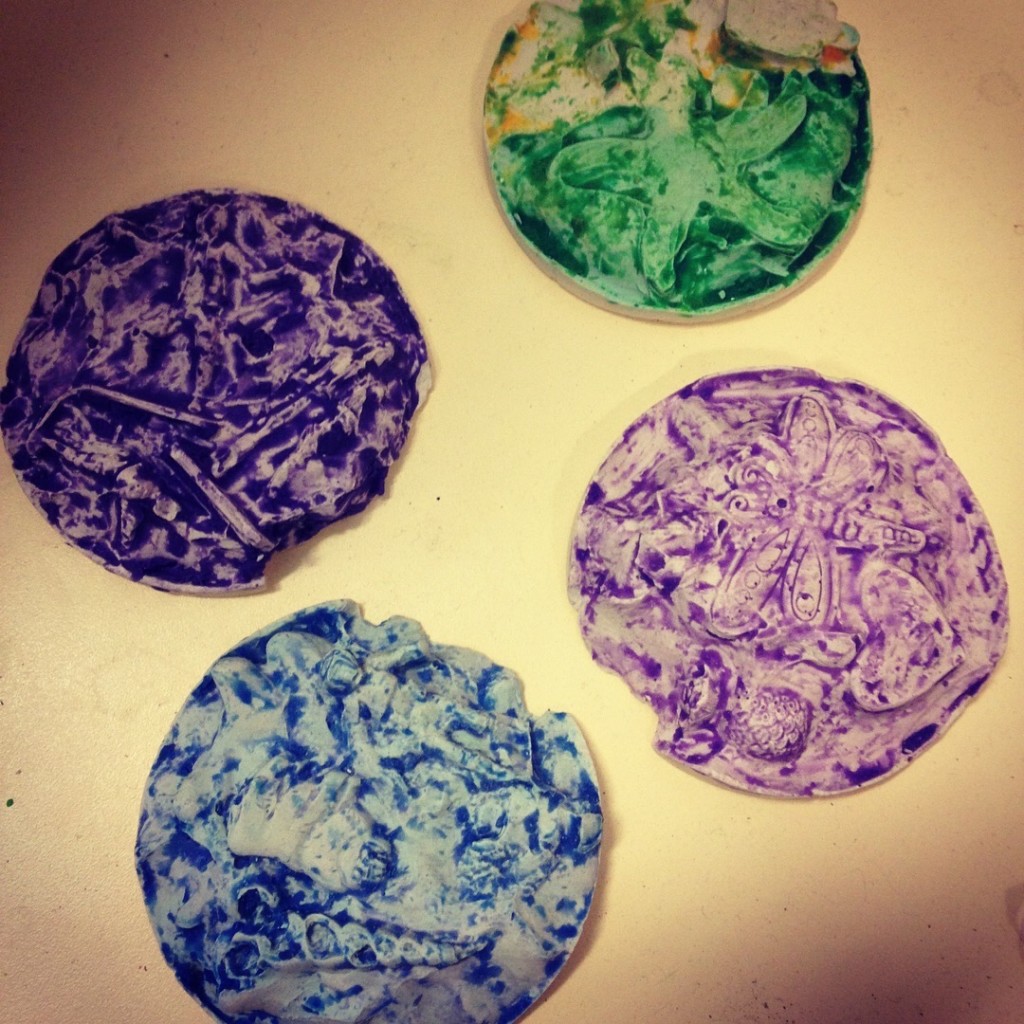Earth and Space Lessons
Lesson 1 This term I taught the kids about Earth and space. This subject has been taught at least once a stage so we started this unit out with a review game. The kids in this class have looked up a lot of stuff and they knew quite a bit…

